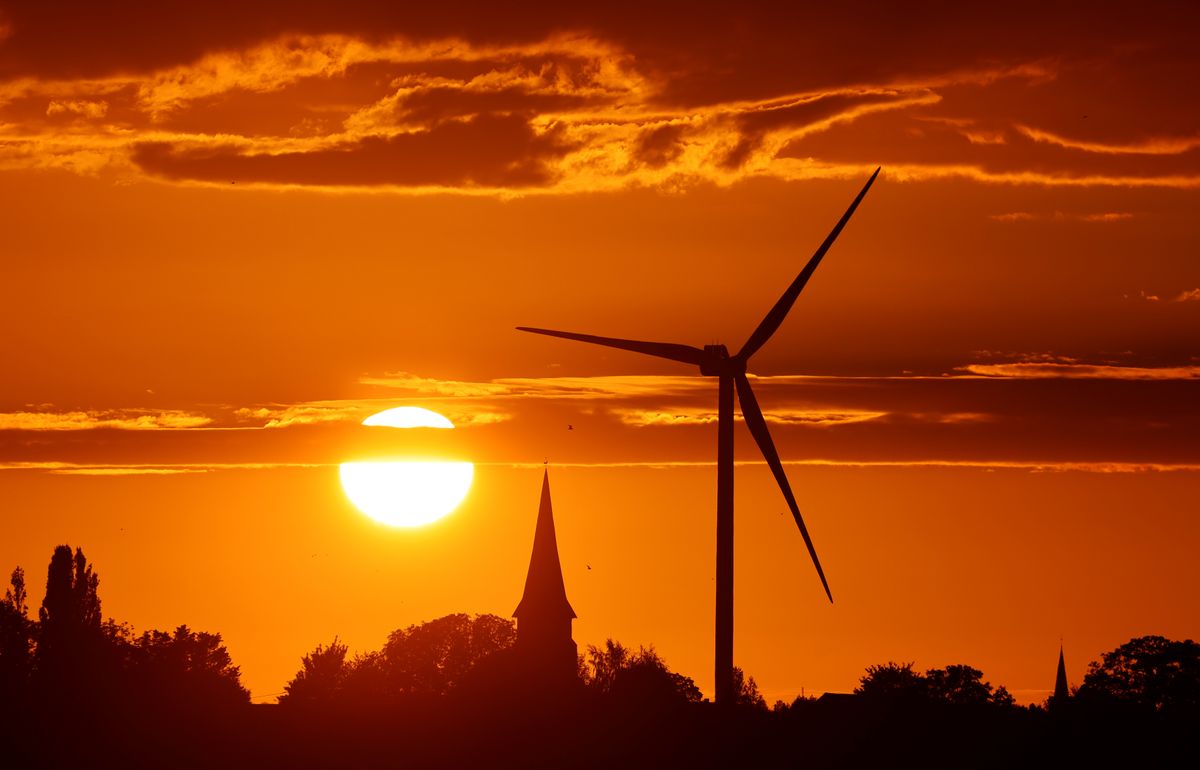The world’s richest people contribute more to carbon emissions – but how?
At this point, it's no secret that the rich have larger carbon footprints than the poor. But how much are the wealthy actually contributing to the climate crisis?

A few minutes every morning is all you need.
Stay up to date on the world's Headlines and Human Stories. It's fun, it's factual, it's fluff-free.
At this point, it's no secret that the rich have larger carbon footprints than the poor. But how much are the wealthy actually contributing to the climate crisis? And what's the driving force here?
A recent study by British charity Oxfam found that billionaires produce a million times more greenhouse gasses than the average person. The study focused on 125 of the world's top billionaires. While the total number of billionaires in the world is pretty small – just 3,311 people – their collective carbon footprint is bigger than some entire countries – think France, Egypt or Argentina.
Actually, there's evidence that the inequality between rich and poor individuals' emissions now buries country-to-country disparities. According to World Inequality Lab's Lucas Chancel, "We should put a little more effort on the top of the distribution, who concentrate a lot of the emissions, and who have not really been the focus of policies of the past decades."
But how is it even statistically possible for an individual to have such a massive environmental impact? Well, it isn't – directly. It's both the behaviors and the investments of these rich people that are the problem. Their investments make up for about 70% of their emissions. While their lifestyle choices – like using private jets and yachts – do contribute emissions that are thousands of times higher than the average person's, their investments totally blow those figures out of the water.
On average, billionaires in the study had 14% of their investments in polluting industries like energy and materials like cement. Only one of them had investments in a renewable energy company. On average, each billionaire's investment emissions produced 3 million tons of CO2 a year. The average emissions of the bottom 90% of earners are 2.76 tons of CO2.
Danny Sriskandarajah, Oxfam GB's chief executive, said: "We need COP27 to expose and change the role that big corporates and their rich investors are playing in profiting from the pollution that is driving the global climate crisis. It is people in low income countries who've done the least to cause it who are suffering the most – as we are seeing with the devastating drought in east Africa and catastrophic floods in Pakistan."




Comments ()